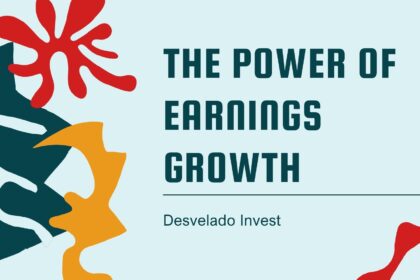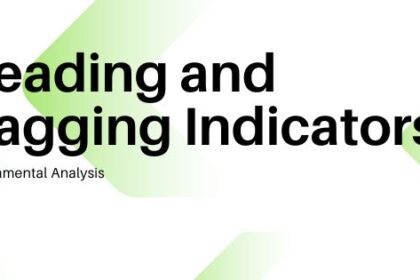Yield to maturity (YTM) is a crucial metric for bond investors, representing the total return on a bond investment if held to maturity. This measure takes into account the bond’s coupon rate, face value, and time to maturity, providing a comprehensive view of the investment’s potential return.
Understanding Yield to Maturity (YTM): A Comprehensive Guide
Yield to maturity (YTM) is a crucial concept in the bond market, representing the total return anticipated on a bond if the bond is held until it matures. YTM is expressed as an annual rate, which not only considers the interest payments a bond will make but also accounts for the difference between the bond’s current price and its face value. This article offers a detailed exploration of YTM, explaining how it is calculated, its importance in investment decisions, and the factors that influence it.
What is Yield to Maturity?
Yield to Maturity (YTM) is the total expected return from a bond when it is held until its maturity date, assuming that all payments are made on schedule and are reinvested at the same rate upon receipt. YTM is a comprehensive measure that includes all aspects of bond investment: coupon payments, the gain or loss that results from the difference between the purchase price and the maturity value, and the time value of money.
Calculating Yield to Maturity
YTM is typically calculated using a trial-and-error method through a financial calculator or software, as the formula involves solving for a variable in a complex equation. The basic formula to approximate YTM is expressed as:

where:
- ( C ) is the annual coupon payment,
- ( F ) is the face value of the bond,
- ( P ) is the current price of the bond,
- ( n ) is the number of years to maturity.
The equation frames YTM as the average yield per year if the bond is held until maturity. The numerator represents the average annual cash inflows from the bond, and the denominator represents the average cost of the bond.
Importance of Yield to Maturity
YTM is considered one of the most important indicators for evaluating the attractiveness of a bond investment for several reasons:
- Investment Comparison: YTM allows investors to compare bonds with different face values, maturities, and coupon rates on an equal footing. It helps in assessing which bond would yield more returns under the same conditions.
- Rate of Return: It provides a comprehensive picture of the potential rate of return of a bond if held until maturity, which is critical for investment and financial planning.
- Price Changes: YTM helps investors understand how changes in the market interest rates affect the price of bonds they hold or consider buying.
Factors Influencing Yield to Maturity
Several factors can influence the YTM of a bond, including:
- Interest Rates: Changes in prevailing interest rates in the economy can affect the YTM of a bond. If interest rates increase, new bonds might come with higher coupons, hence driving down the prices and increasing the YTM of existing bonds.
- Credit Risk: The issuer’s perceived creditworthiness can affect the bond’s price and thus its YTM. Higher credit risk typically demands a higher yield to attract buyers.
- Time to Maturity: Generally, bonds with longer maturities have more exposure to interest rate risk and credit risk, which might result in a higher YTM.
- Market Demand: Market demand for bonds can fluctuate based on economic conditions, affecting bond prices and YTM. During times of economic uncertainty, investors might flock to the safety of government bonds, lowering their YTM.
How to Use Yield to Maturity in Investment Decisions
Investors use YTM to make decisions about whether to buy or sell bonds based on their investment goals:
- Income Goals: Investors seeking steady income might look for bonds with a high YTM, indicating a good return on their investment.
- Risk Assessment: By evaluating the YTM in conjunction with the bond’s duration and the issuer’s credit rating, investors can assess the risk-reward profile of the bond.
- Portfolio Diversification: Investors might choose bonds with different YTMs to diversify their portfolio risk, especially by mixing different types of bonds such as corporate, municipal, and government bonds.
Conclusion
Yield to Maturity is a fundamental concept in bond investing that helps investors evaluate the true return potential of bonds. It incorporates all earnings from the bond, adjusted for its price and the time value of money, providing a comprehensive assessment tool for comparing various fixed-income securities. Understanding YTM is essential for anyone involved in bond investing, as it directly impacts investment strategy and risk management.






